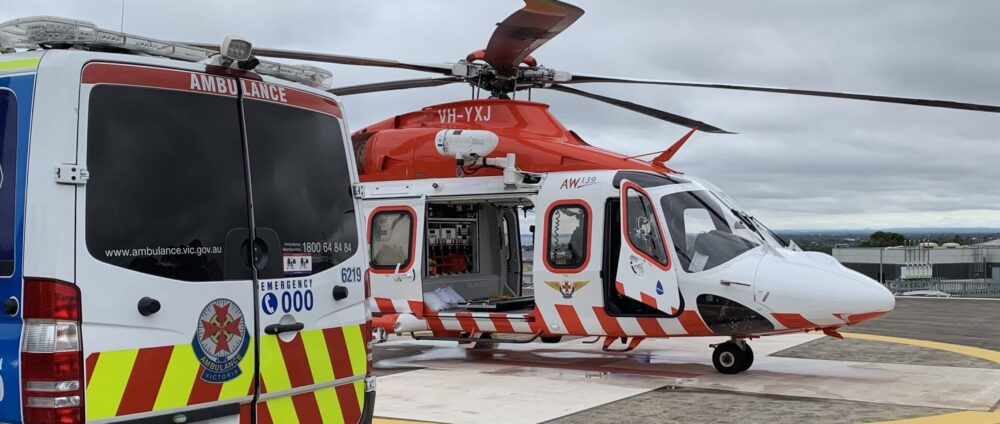It’s a common occurrence that, after 5-10 minutes on scene with a patient, once you’ve established there’s no immediate life threat and have a rough idea of what the management plan is going to be, that your “driver” (Attendant 2) will utter the ubiquitous paramedic statement – “I’ll get the details”. But what exactly is contained in these mythical details? And how should it be communicated to your partner?
First, a caveat – each individual paramedic will like things their own unique way. Here I am presenting MY preferred way. Although the layouts may differ, the info required is the same.
Starting from the top…
Patient’s first and last name. I’ll also put their preferred name in quotation marks.
Eg. William “Billy” Smith
Date of birth, with their age written in brackets to make your life easier
Eg. 12-1-1964 (78y)
Patient phone number (this is important for billing or follow up purposes)
Home address – this is only required if the case isn’t at their home. If the case is at their home, you can use the case location.
Obtaining an AMPLE history
I always start with allergies, meaning it appears prominently on the sticky note. It’s important not only to include the substance, but also the reaction! Often you will be told a patient is allergic to morphine, only to be informed that they develop nausea after administration – which is a common side effect and not in fact an allergy.
Eg. Penicillin – rash, pethidine – facial swelling
Medications are next – this is an area where mistakes are commonly made. Spelling is particularly important, as even one letter wrong can make it incredibly confusing to figure out what the medication is meant to be. It’s always best to use the medication’s generic name, rather than brand name. Generic names will always be on the box, usually in smaller writing next to the dose.
For example PARACETAMOL (generic name) is known as PANADOL / PANAMAX / HERRON GOLD / HEDANOL (brand names). They are all the exact same drug.
Next include the past medical history. The medications you’ve just written down will often provide clues to the patient’s medical history. Also when you attend the patient who says “nothing”, you can ask why they take each of their medications. Note that usually you won’t be able to get a complete past history, and the Attendant 1 will usually have to fill in some blanks.
Last meal usually isn’t important enough to be written on the sticky note, but it may be helpful for junior paramedics still learning the ropes. Events leading up to the call should be briefly noted, especially the onset time
Baseline observations are next
I always include the initial set of obs on the sticky note – this serves a few purposes. Firstly it allows the treating paramedic an easy reference to the baseline, enabling them to quickly assess if the patient is getting better or deteriorating. It also provides a convenient place for easily forgotten obs like BGL and temperature to be listed. An additional benefit is if the patient is handed off to another crew, it provides the obs to them with the details.
Next of Kin
It’s always good form to document a patient’s next of kin or support person. This allows the hospital to provide an update on the patient’s condition, or if something changes during transport the paramedic can call. It also assists with discharge planning at hospital – they can call to get the patient picked up!
Added extras
These are not essential, and may not be heard or assessed by the note taker (usually Attendant 2/‘driver’). However if you happen to overhear them, I like to note them.
- Patient weight
- Smoking status
- Alcohol use
- Drug use
- Aboriginal and/or Torres Strait Islander status
- Preferred language spoken
- In areas without data terminals, take note of the case times
Bottom Line
Each crew likes to work slightly differently, but usually the ‘driver’ will take notes. Getting the name and date of birth correct are essential, but you can make your partner’s life way easier by keeping an ear out and taking thorough notes.
